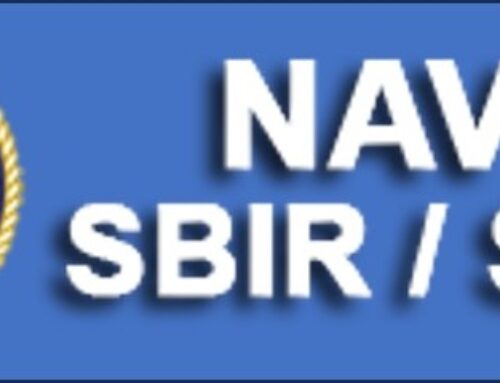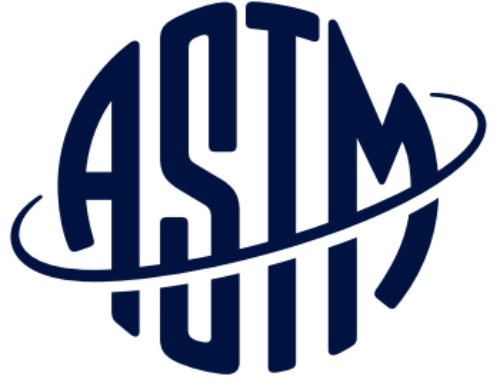In the race to get products to market, does risk-mitigation get enough time in the winner’s circle?
What do aerospace, medical device manufacturers, and auto racing all have in common? Answer: the need to minimize risk of premature/unexpected component failure while crossing the finish line first. While these industries each have vastly different stakeholders, goals, and success metrics, all look to avoid costly breakdowns in the field. And speed is key. Being the first across the finish line in auto racing gives you the largest share of the purse, not to mention first choice of lucrative endorsement deals. Being the first to market with an innovative or more reliable medical implant or a lighter aircraft component helps in marketing, product launch success, or company profitability and growth. However, pushing the design limits to gain this speed advantage must be weighed against the possible failure of the component in an unforeseen manner.
Speed in Design
Auto racing is one of the world’s most expensive sporting endeavors. A recent USA Today article puts the price tag of prepping and running a car in the Indianapolis 500 at nearly $1 million, and that is already assuming that the car is owned outright. While the bulk of this cost is sunk into parts, staffing, and off-track expenses, a not-insignificant 4.5% of that is spent on controlled testing. For example, one day at a rolling wind tunnel costs $35,000…more than the MSRP of the average production vehicle on US roadways today. While the finances of auto racing and the commercial automotive industry may differ, their goals are similar: to create lighter-weight components that will aid (or at least not hinder) aerodynamic performance. Designers are constantly being tasked with pushing the envelopes of their designs, while still attempting to maintain reliability and risk targets. These designs, in turn, lead to more expensive and detailed manufacturing/machining techniques and the use of more exotic material alloys. The uncertainties in every design usually manifest themselves as restrictive knock-down or safety factors that inevitably detract from performance. Governing bodies in the various auto racing categories (F1, NASCAR, drag racing, to name a few) place additional restrictions in the form of specification limits on components such as engines, body shapes, and spoilers to maintain competitive balance. Regardless of the type of restriction, if a way to reduce the uncertainty in a design is found, it can be advantageous. VEXTEC’s Virtual Life Management (VLM) simulation technology can be that solution. Through rigorous computational analysis of design, load-induced stress, and material, VLM can efficiently identify and quantify those design uncertainties. VEXTEC has provided VLM support to many of the industry’s leading manufacturers of heavy duty engine connecting rods, engine blocks, and turbochargers. This new insight has offered engineers the ability to understand where they really are on their design envelope, and how far they can push certain parameters, even before the first test piece is built.
Speed in Optimizing Maintenance
Weight savings and aerodynamics are, arguably, even more critical in the aerospace industry, where the civilian maintenance repair & overhaul (MRO) market is expected to be $56 billion this year. Engine maintenance alone will take up about 40% of this valuation. The cost of an unexpected catastrophic failure is much higher here than in the auto world. But in order to reduce this risk, aircraft must be maintained and repaired. And while they’re being maintained, they are not in the air delivering passengers, hauling freight, or making money. So minimizing the downtime is crucial to keeping viable profit margins. VEXTEC has partnered extensively with civil and military aircraft users, employing VLM on a multitude of issues including: unitized wing structures (US Air Force), certifying weld-repaired engine blades (EB Airfoils) and resolving premature bearing failure (American Airlines). The bearing study, for example, saved American Airlines about $4 million per year by avoiding the repair/replacement of their APU bearings. The results from these and other studies provide our clients with knowledge they would not have otherwise been able to acquire, and allow for sound financial decisions to be made on fielded components.
Speed in Reliability
One of the fastest-changing industries is the medical device industry. Technology is racing forward, minimizing invasiveness is driving the miniaturization of implantable devices (especially in heart rhythm monitors), while manufacturing methods are still trying to catch-up. It seems that no other industry is as heavily scrutinized in terms of reliability and risk, at least in public perception. Medical implants are exposed to harsh internal environments, unpredictable stress and strain cycles, and oftentimes difficult installation procedures. Yet these devices are counted-on to reliably elevate our quality of life on a daily basis. The variability observed in material, vendor supply, and manufacturing all play a part in the reliability of the components that make up a medical device. Through industry-directed capability studies, the VLM technology pioneered by VEXTEC has effectively modeled these sources of variability, virtually tested millions of components, and delivered reliability answers to as many “what-if” scenarios as design and materials engineers saw fit to explore. The VLM approach reduces the number of blind alleys (ineffective combinations of material, design, and operational limits) that companies would have to travel down through the traditional design-build-test method, and focuses internal R&D resources on the combinations most likely to succeed in both manufacturing cost and operational reliability.
These three high-risk/high-reward sectors are not the only sectors that have benefited from VLM technology. Indeed, any company looking to speed-up their design phase, reduce their warranty reserves, or just wanting to make more-informed decisions on how their products can best be sourced, manufactured, and used would benefit from a conversation with us. The green flag has dropped…where are you in the field?
VEXTEC: Meeting the Need for Speed.




Leave A Comment